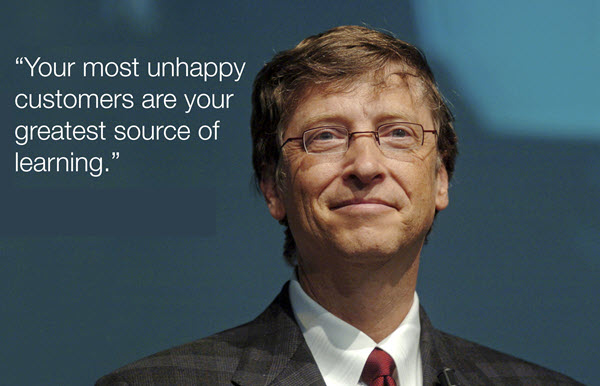Client-centricity is the most important factor in a successful business digitalization, since client-centric companies are 60% more profitable compared to companies not focused on the customer.
-- Deloitte
Tip:
Read also: 75+ Inspirational Quotes on Customer Centricity
What is client-centric?
Being Client-centric is about focusing your business strategy to provide a positive experience and build a long-term relationship.

Putting your customer experience at the core of your business, and implementing a Customer Relationship Management (CRM) to collect data you'll have a full 360 degrees view of the customer.
This data is critical to enhance your customer’s experience.
How to build your Client centricity strategy?
- You need a Customer focused Leadership
- Your Leadership must Empower the front line
- You need Technology to Collect Metrics that matter
If you are successful on this,
- You'll be able to understand behavior, interests and engagement of your customers.
- You'll be able to identify opportunities to personalize products and services for your very important customers
- You'll be able to use your Customer Lifetime Value to segment them based on top clients.
What are main challenges of becoming a client-centric organization?
The experience tells that companies struggling to become a customer-centric organization are:
- Unable to share customer information across departments
- They have not an aligned culture around the customer’s needs.
Are you struggling with these challenges?
- Functional silos prevent data sharing
- Culture misalignment around the customer needs
- Key technology managing data is missing
- Support without the right tools and information to manage issues
- Insufficient expertise in data analytics
Here below you'll find 3 actions to get started overcoming these challenges.
Hire with Customer Success as priority.
Employees being the front-facing workforce will build the relationship with your customers.
Focus on hiring talent that can be aligned with your business culture, independently the role.
Share customer data across your organization
A centralized access to customer data and insights is required.
A CRM will give your team a better understanding of customers to deliver the best of the experiences.
Connect customer outcomes to measurable indicators.
1. Net Promoter Score (NPS)
Have you implemented a way to measure customer happiness?
If not, you need to uncover customer loyalty by asking only one, simple question: how likely is your customer to recommend you to a friend or colleague.
In a score from 1 to 10 , customers rating your company with a 9 or 10 (Promoters) will have a high Customer Lifetime Value. The number of Promoters is a key indicator of the health of your business.
2. Churn rate
This is a good indicator that you are doing great, everybody knows that acquiring new customers is difficult.
Investing and obtaining results in keeping existing customers instead of trying to find new ones it’s a great deal.
Acquiring new customers can cost up to 5x more than keeping existing customers. A 2% increase in customer retention has the same effect on profits as cutting costs by 10%.
3. Customer lifetime value (CLV)
The most valuable asset for a business is their customer base and the approach to estimate the "health" of the relationship is named Customer Lifetime Value (CLV).
CLV measures the amount of revenue a customer contributes to your business for as long as they are a paying customer. It starts with their first purchase and ends when they stop doing business with you. You need to carefully track that.
Your Take-away...
The change towards becoming a properly customer-centric company is a long and complex journey but note that small changes can have remarkable benefits for both the company and your customer.
Customer data must be shared across your organization, a CRM software is essential for this.
Minimize customer effort and maximize customer value are main objectives.
Via TIGO Solutions